|
At the Serpentine School our main dance style is Tribal Fusion. Tribal Fusion is a western development of a middle eastern dance, but where did it spring from really? Today we are going on a journey through space and time, and through the medium of many scratchy old school VHS tapes, to discover where Tribal Fusion came from. First we will start by digging deep into the middle of the last century. In California, a woman called Jamilla Salimpour was in love with belly dance. She learnt to belly dance by watching and learning from other dancers and from old movies featuring celebrated egyptian dancers. She was a massive badass, running away to join the circus at 15, learning belly dance, and after a while of dancing professionally in nightclubs around the bay area she opened her own nightclub in the Bay Area in the 50's.
tribalish, but it was a fantasy costume - inspired by a whole bunch of cultures and dancers to look authentic to western audiences. At these Bal Anat shows Jamilla upped the theatrics to delight her audiences, getting her dancers to perform with swords and snakes, which was totally new to the world of belly dance. Jamilla's belly dance was earthy and rootsy, with lots of finger cymbals and low hipwork. This was belly dance inspired by the films and the dancers of the 40's and 50's, without the later balletic influence upon middle eastern dance. This is important, as Tribal Fusion has retained some of it's earthy rooted Jamilla legacy and is part of the reason why many peeps are drawn to study the earthy and ethereal form of Tribal Fusion rather than the less earthy, flowing lines and princessy arabesques of modern middle eastern belly dance.
American Tribal Style is inspired by middle eastern and Indian folkloric dances. It's a group improvised format, where one person is a leader and everyone else are the followers, and the leader swaps around often everyone has a chance to be a leader and a follower. The format has a strong Indian and I feel flamenco flair to it in the arms and posturing, which marks it clearly from modern middle eastern belly dance. It's called tribal because you have to dance it as a group - as a tribe. Carolena created an dance company and called it Fat Chance Dance Company, and they have been going strong for decades.
Both these dance companies were taking the roots of Jamilla's and Carolena's dance formats and adding their own creativity and imagination to create something that they found new and beautiful. From these awesome dance companies, passionate dancers appeared who would further the creation of the Tribal Fusion dance movement - Mardi Love from Urban Tribal, Rachel Brice and Sharon Kihara from Ultra Gypsy, Ariellah Aflalo, the Lady Frederique and a host of other dancers who brought in inspirations from other world dance forms. Tribal Fusion till around the mid 2000's had been a very Californian, San Fransisco based thing - most of the dancers were based in the Bay Area and there wasn't a huge amount of Tribal Fusion outside California, let alone outside America. However, the Bellydance Superstars worldwide touring dance company brought Tribal Fusion to a global audience, and people all over the world went freaking crazy for Rachel Brice's snakey arms, incredible backbends and the darker, more tattoed aesthetic of the tribal dancers.
Tribal Fusion dancers have been deeply influenced by the training system of Suhaila Salimpour, who is a hardcore clean badass technique chaser, and by music. Tribal Fusion has allowed a more western vibe in the music it dances to, working with and combining middle eastern, world music and electronica in the quest to create beauty. This allows for influences from the music genres to come in and play, eg. popping and hip hop and kathak, and has created (and still is creating) a rapidly evolving, imaginative, expressive, inclusive and beautiful form of dance art. Over the last ten years Tribal Fusion has exploded in popluarity, and dancers have dived deep into their creativity to fuse belly dance with stronger flavours of hip hop, flamenco, folk dance, indian dance and theatricality to create an ever evolving and mind blowingly diverse art form drawing it's influences from both the east and the west.
1 Comment
2/27/2015 12:32:17 am
What a beautiful, clear description of tribal fusion lineage. I'm so glad I found your blog because I was so mesmerized in 8E class, I failed to take notes on this. LOL The video collection you have is a wonderful reference guide. Thank you!
Reply
Leave a Reply. |
Demelza Fox
|
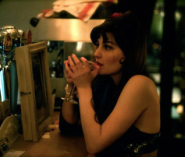
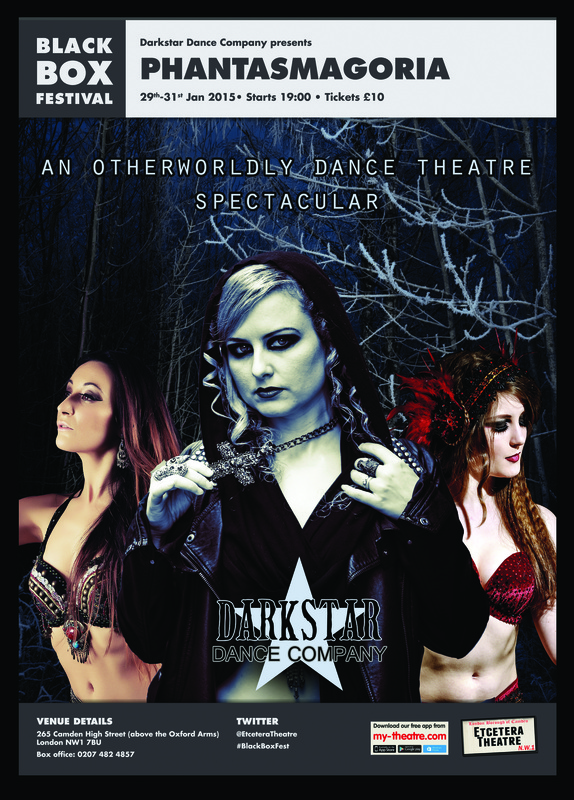
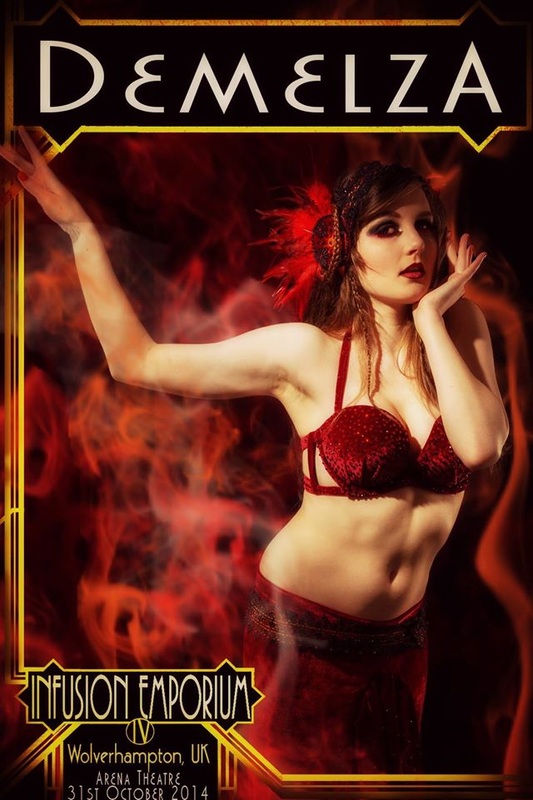

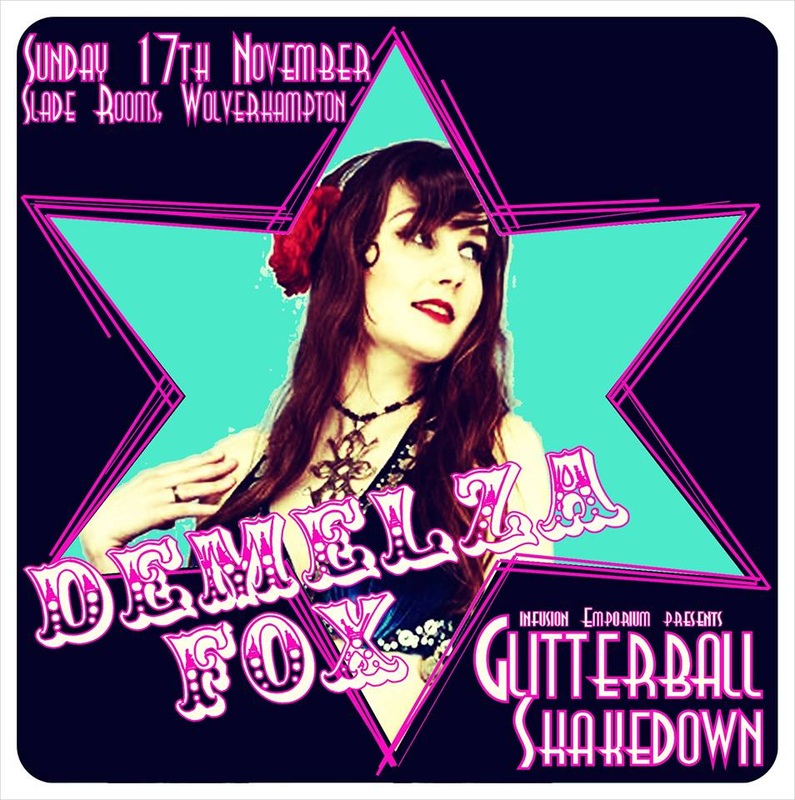

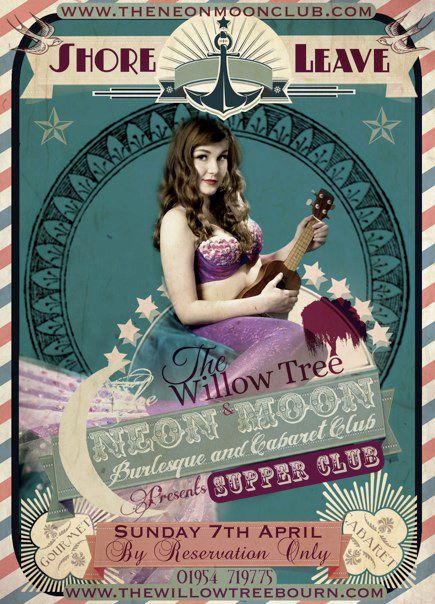

 RSS Feed
RSS Feed
